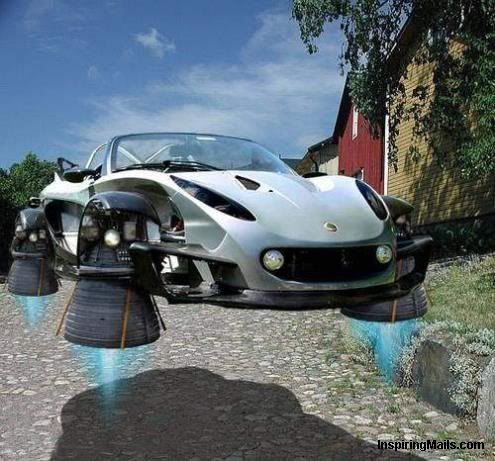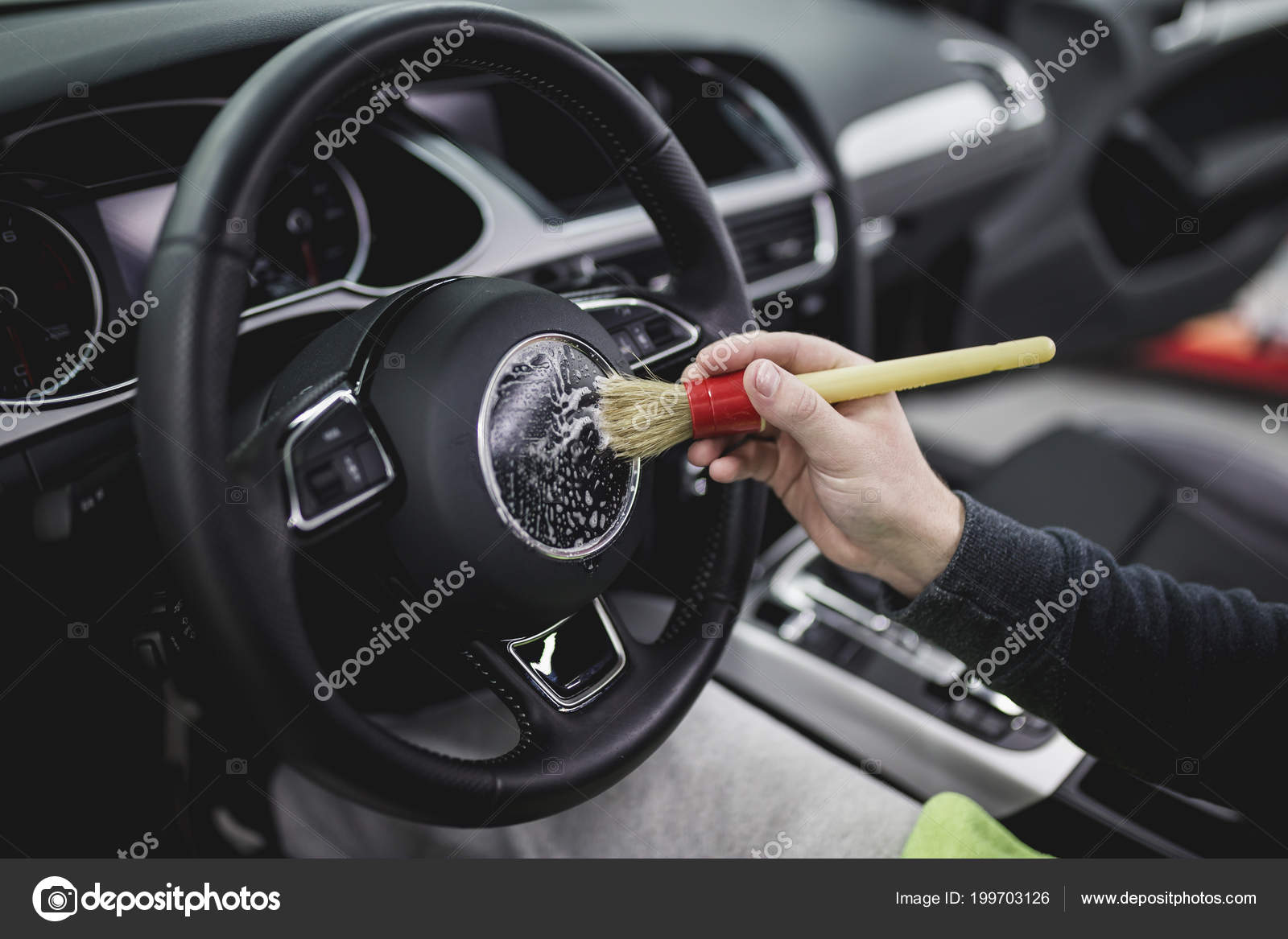
The Honda Civic Type R sedan is the best choice for you if your looking for a new sedan. The sedan features a great selection of standard features like high-density padding and adaptive dampers. Here are some of the most important features that make this car special. Continue reading to discover more about Honda Civic Type R's interior. We'll go over the key features that make this car so comfortable to drive.
High rigidity frames
For 2017, Honda is focusing on the safety of its passengers by using advanced crash stroke technology in its body structure. The frame of the Civic Type R helps to reduce the impact energy and improve the vehicle's dynamics. Honda invented the crash stroke technology in Raymond, Ohio. It can also help reduce cabin intrusion during frontal crashes by directing 80mm from the rearward crash stroke.

High density padding
The Civic is Honda's flagship model, and its new generation Type R was introduced in July. The Civic Type R model is the sportiest yet. The seating provides exceptional support for drivers while driving high-performance. The Type R's seats, covered in red suede with a leather interior, are very similar to the ones found in a VW GTI. They are upholstered in high-density padding and have large bolsters to provide optimum support for the driver's posterior.
Adaptive dampers
The Honda Civic Type R 2017 Honda Civic Type R has a new four-wheel Adaptive Damper System. It is a critical part of the car’s handling package. The upgraded shock absorber units are now available with three-chamber design, which allows for greater damping force variability. The damper control is activated by altering the current flowing through electromagnetic coils in the car's chassis. This system gives you smoother downshifts with a superior ride quality.
Smart Entry system
Smart Entry technology allows the Type R Honda Civic to be accessed without the need for a key. Just hold the key fob close to the door handle and walk up to the Smart Entry system to unlock the doors and turn on the engine. Simply press the LOCK on the door handle to turn off the engine. Alternately you can access the Settings menu to activate the Walk Away Auto Lock function.

Integrated navigation system
The 2017 Honda Civic's Touring, EXL Navi Hatchback and Sport Touring trims include the Integrated Navigation System. It's also available on the Touring Coupe and Civic Type R trims in the United States. Honda also offers HD Digital Traffic service, but this is available only in the United States, Alaska, and Puerto Rico. The system is useful but not perfect. The menu system and icons are all scattered throughout the screen. Apple CarPlay connectivity and Android Auto connectivity are both available on the Civic. However, they are not standard.
FAQ
How can I fix my automobile as a hobby.
Why not make it a hobby if you're interested in cars? It is possible to learn about cars, repair them, purchase parts, or simply enjoy them. If you are looking for something more, it would be an excellent hobby.
It's not an easy task to make this a full-time job. It requires a lot of hard work and dedication. You'll also need to invest a lot.
You might not have a compelling reason to get involved in the car industry.
What are the requirements for an automobile technician?
You must have graduated high school or GED, with excellent English and math grades. You must also be able to read, and write. To be allowed to work, you must pass a written and practical test.
What do I need to know about car mechanics?
For an auto mechanic job, you don’t have to be an expert in cars. You only need to know how to fix them. Most people start by fixing things like changing tires or fitting brake pads.
You will need to understand written instructions, read diagrams and follow the basic rules of good practices. It is also important to know how to determine if parts are damaged or need to be replaced.
It is important to understand that vehicle repairs should only be attempted by those who have received the proper training. This is especially true if your job involves expensive parts like transmissions or engines.
Although you won't have to know much about automobiles, you must be familiar with the basics of mechanical engineering as well as physics. This involves understanding how engines work and how brakes work.
It's also worth noting that you'll need to be prepared to deal with all sorts of situations. For instance, you might find yourself in charge of a vehicle that has been in a serious accident. Also, you'll need to be familiar with dealing with accidents or breakdowns.
You should also be open to learning quickly. As well as being able to diagnose problems, you'll need to be able to perform simple maintenance tasks such as tightening nuts and bolts.
What is the length of an automotive training course?
An automotive course is three years long.
The first year is dedicated to theory and learning about cars. Practical training is the second year. You will learn to drive, fix engines and perform other tasks around the car. The final year is spent doing a placement at a local garage, which gives you experience in fixing real-world problems.
What qualifications are necessary to become a truck driver mechanic?
You don't have formal qualifications for this role, but you are very experienced working on trucks and engines. Your experience is invaluable as you know how to diagnose problems quickly and efficiently.
Also, your knowledge of diesel technology will be a benefit as you can help us understand which parts are needed for our vehicles.
Statistics
- There were 749,900 jobs available for automotive service technicians and mechanics in 2016, which is expected to grow by six percent through 2026. (jobhero.com)
- The U.S. Bureau of Labor Statistics (BLS) reports that the job outlook for automotive service technicians and mechanics is expected to decline by 4% from 2019 to 2029. (indeed.com)
- According to the BLS, the median annual salary for automotive service technicians and mechanics in the United States was $44,050 in May 2020. (uti.edu)
External Links
How To
How to diagnose your vehicle properly for repair
Before you can determine if your car requires repairs, it's important to first analyze the symptoms. You can then follow these steps for a proper diagnosis of your vehicle.
-
Check engine lights. You should inspect the dashboard lights, such as the engine light indicator and the oil pressure gauge. Also, check the battery light indicator. It could indicate that your vehicle is having problems.
-
Pay attention to the treads on your tires. Tires that are worn can cause issues with handling and braking. The treads of the wheels should be inspected as well. They should be clean, and they should be smooth. This can be done by removing the wheels from the vehicle and taking them off. You can check the tread wear with a flashlight.
-
Monitor the level and consistency of your brake fluid. Keep track of the brake fluid level in your vehicle. This ensures that your brakes work properly. Your brakes may fail if the brake fluid level drops.
-
The suspension system should be tested. Vehicles usually have a suspension system that helps absorb shocks and vibrations while driving. It gives you better control and allows for smoother accelerations and decelerations. If your vehicle has a suspension problem, it might feel wobbly or shake uncontrollably. If you are unsure if your vehicle is suffering from a suspension problem, put weight on the front and rear axles to check the movement.
-
Examine the steering column. The steering column is used to link the steering wheel with the rest of vehicle's components. Steering columns can be damaged by accidents. It is recommended to replace any steering column that feels loose, or shakey.
-
Pay attention to the exhaust pipe. Exhaust pipes help move gases from the combustion chamber to the atmosphere. Exhaust pipes that are cracked or leaking can allow harmful fumes to enter your cabin. If your tailpipe bends, it is important to fix it immediately.
-
Look under the hood. To check for unusualities, look under the hood. There could be fluid leaking from your engine. A professional technician should be contacted if your engine compartment emits an unusual smell.
-
Check the air filter. The vehicle's outside environment may cause the air filter to collect dust and debris. Your vehicle will run less well if it has a dirty filter. Replace your air filter regularly.
-
The fan belt should be checked. Your vehicle's fanbel is what connects the engine and the transmission. The engine will not turn if the fan belt breaks. It is easy to replace the belt. All you need to replace the belt is a screwdriver with pliers.
-
The radiator hose and hoses should be checked. The radiatorhose carries water from your radiator to the engine. If the hose becomes damaged or cracked, hot liquid can be emitted onto the engine. To repair the leaky hose, all you need is a pair if needle-nosepliers.
-
You should inspect the windshield wipers. Windshield wipers use electricity for snow and rain removal. If they stop working, streaks could be left on your glass. To fix the problem, simply change the washer fluid.
-
Verify the condition of your battery cables. The battery cables supply power to your car's electrical systems. If you are replacing batteries, disconnect the negative cord first. Failure to do so can damage your alternator.
-
You should check the headlights. Headlights are used to illuminate the road ahead. If they don't work properly, it can cause poor visibility. To determine if your bulbs are out of date, check them.
-
Always check your lights. When you approach them at night, the lights warn other drivers. If one doesn't work, it could distract you and lead to an accident.
-
Check the brakes. Before you collide with another vehicle, brakes will slow down the car. If they aren't working correctly, you could lose control of your car and crash.
-
Change your oil. Oil keeps your engine lubricated. It prevents metal parts from rusting too quickly. It is recommended that you change your oil at least once per month.